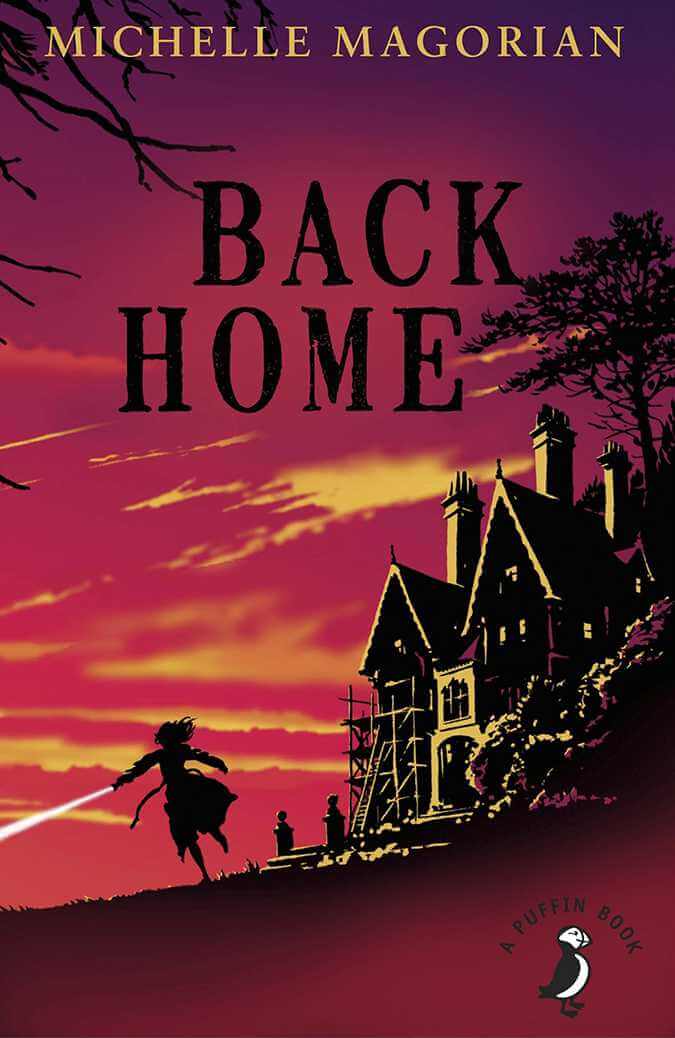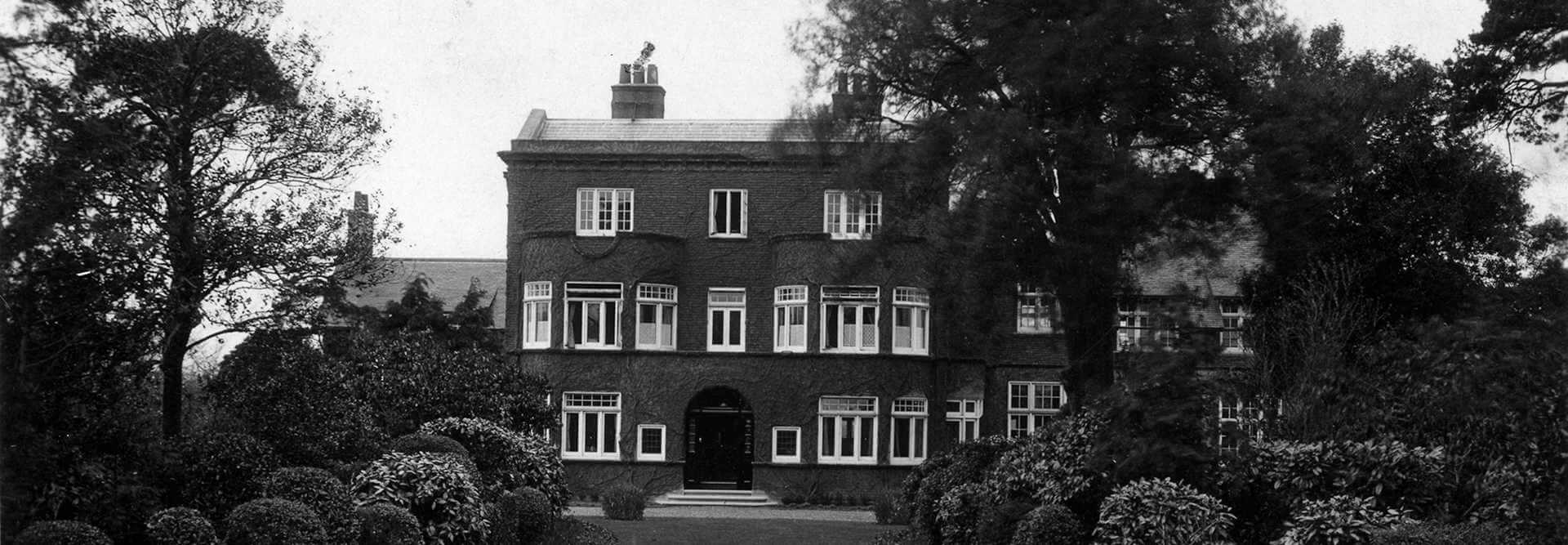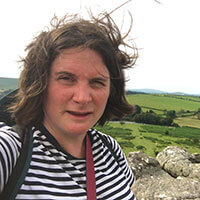Ah, fictional schools! In picture books for younger children, schools are places of endless fun and learning where the process of Growing Up can really begin. Topsy and Tim and Spot the Dog settle happily into school, despite any initial misgivings. For older children, the story changes and the portrayal is more nuanced, sometimes touching on the less joyful as well as the positive elements of the school experience. Even Hogwarts (the school attended by Harry Potter), where you can learn magic, and which surely ranks as one of the most desirable educational establishments in the world, has unreasonable teachers and unpleasant punishments, as well as tedious lessons and too much homework.
Children’s books rarely question certain core assumptions about school. School is accepted as an inevitable part of childhood, no matter how terrible it might be. Children are compelled to sit through boring lessons, having their performance at school used to categorise them, and that’s just the way it is. In this way, books reinforce the hidden curriculum that children are learning at school, even when they do not overtly portray school in a positive way.
I noticed this when I started reading books that feature schools with my children, who were self-directed learners from the start and entirely unschooled until recently. Many of the assumptions, which seemed like common sense to me, appeared very odd to my children.
Why does everyone go and sit in a big room in the mornings for ‘assembly’, even if there’s nothing really to do there? Why are classrooms full of desks, when sitting still is boring and it makes your legs hurt after a while? Why are children divided up by age, when some 11-year-olds might be good friends with an 8-year-old? And of course, why do children keep going to the uninteresting lessons at all; don’t they have a choice?
Of course, that is the crux of the matter. When you have no choice, you behave in ways that seem inexplicable to those used to having control over their lives. But in most school stories, the questions of choice and freedom are never touched upon. Their absence in most children’s school lives is simply a given.

That’s what makes Back Home such a surprise. Back Home is by Michelle Magorian, also author of the very well-known Goodnight Mr Tom.
Back Home tells the story of 12-year-old Rusty returning to England in 1945 after being evacuated (due to World War 2) to the United States at the age of 7. Rusty’s homecoming is very difficult; she doesn’t remember her parents and has never met her brother. In fact, it doesn’t feel like home at all. The ‘Back Home’ of the title is something she says repeatedly and guiltily about America, despite apparently being back home in England.
Once back in England, Rusty is sent to a girls’ boarding school where she made to take extra Latin and French in order to fulfill her mother’s ambitions for her to go to university. Having done well and been popular at her school in America, she is shocked to find that in England, none of what she has learnt seems to transfer, and she is behind in almost all her subjects, as well as being disliked for her accent. At the boarding school, everything she does is controlled. She is even penalised for how she talks, being punished with an ‘order mark’ every time she says “OK”. The culture clash between the extroverted, energetic Rusty and the repressed and restricted world of the school is extreme and culminates in her running away from school and her subsequent expulsion.
For a while it seems like Rusty’s life is over. Shamed by her school and family, her father wants to send her to a strict convent school until she is old enough to be married. But here her mother intervenes and the story takes a different turn.
Our first glimpse of this comes early in the book, when Rusty is looking through the windows, seeing children engaged in a range of activities, some making furniture out of wood, others painting scenery for a play. She sees teenagers talking, others playing music, four children playing cards, and one boy lying alone on his bed reading. She is amazed at how the adults are interacting with the children.
“A man strolled over to them [the children] and they began talking casually with him. He seemed really interested in what they were doing – but what was even more astonishing was that they called him by his first name!”
Here, we hear about her first meeting with the headmaster.
“Rusty dreaded the meeting, for her mother had already told him of her expulsion. She had been totally unprepared for the short, balding man in his fifties with the spotty bow-tie and old jacket. She had watched him light up his pipe, and had liked him instantly. When he spoke to her, he encouraged her to speak, and he listened as if he really wanted to know about her. The other teachers she met were like that, too.”
As Rusty enters the school on her first day, she talks to her mother Peggy about her choices.
“‘Do I still have to take Latin?’ she asked.
‘That’s up to you.’
Rusty swiveled round in her seat.
‘I really do get to choose what I study?’
‘Yes.’
‘Crumbs!”
If this all sounds eerily familiar to those involved in democratic education, that’s because it is. Numerous details throughout the book make it clear that this unnamed school is in fact Dartington Hall School, an early democratic school which emphasized Self-Directed Education. It was founded in 1926 in Devon (it closed in 1987, and Sands School was founded by some of the ex-teachers and students). The headmaster Rusty meets is even recognisable as William Curry, head at Dartington from 1930-1957.
Dartington had lessons and classrooms, but they were optional. Rusty not only gets to choose what she studies, she gets to choose what she does. The school has a swimming pool where the students swim naked, and a farm and workshops where they can tend to animals and learn woodwork. Children can express themselves using whatever words they want, including swear words – very far from being punished for saying “OK.”
This is radically different to the world of the girls’ boarding school and the stifled culture of Rusty’s family. And yet none of it is ever sensationalised or caricatured, as descriptions of alternative schools in children’s books often are (compare with C.S. Lewis’s Experiment House, for example, where the children can do what they want, and what they choose to do is bully and victimise each other). Magorian describes Rusty’s school affectionately, and her descriptions, particularly of how the adults and the children relate to each other, mirrors what I’ve observed in the democratic school my children attend, and what you read in descriptions of democratic schools all over the world. I can’t find any evidence that Magorian attended Dartington or another democratic school, but she clearly did her research well.
As a result, readers finish the book thinking that Rusty’s new school is the best place for her, and that the approach to education there makes far more sense than the stuffy and hostile boarding school she first attends.
Many things change by the end of the book. Families who have chosen self-directed learning will recognise many of the situations. Her brother, 4-year-old Charlie, is a self-directed learner from birth, having attended the nursery at Dartington Hall. After the war he is plunged into the life of restrictions and rules imposed on middle class English boys of the time. His behaviour immediately become an issue, as he refuses to comply with demands and wets the bed. Of course, as with so many other children, his prior experience of freedom is seen as the problem.
Peggy, Rusty and Charlie’s mother, has to allow her children the space to grow and become their own people rather than the people she had imagined they would be; an agonising as well as liberating shift. Her journey involves being able to pursue her passion for mechanics only due to the way that the war tore down traditional sex-role stereotyping, and through this experience she is able to see how her children are in their turn being stereotyped and limited.
The book is full of challenge even for modern families – there are still relatively few books where divorce is part of the happy ending. Empowerment comes in many forms, and at its heart Back Home is a story of liberation from stultifying conventional norms. Its power comes because it doesn’t shy away from describing just how painful this process can be.
I first read Back Home as an 11-year-old, and it quickly became one of my favourite books. I can still visualise my battered and dogeared original copy. I read it so many times that I had memorised whole pages. At the time I hardly remember noticing that Rusty’s school was so different to the school I attended myself. Yet something clearly registered, because when I started to read at night with my own children, born 20 years after I first read the book, Back Home was one of the books I was keenest to reread with them. And there I found a subtle critique of coercive education, wrapped up in a compulsive and fascinating story.
If you enjoyed this article and feel called to give back to ASDE, here are ways you can support our work:
- Donate money
- Share our content with others! Click one of the buttons above to easily share on Twitter, Facebook, or email.
- Consider becoming a Contributor for Tipping Points
Tipping Points Magazine amplifies the diverse voices within the Self-Directed Education movement. The views expressed in our content belong solely to the author(s). The Alliance for Self-Directed Education disclaims responsibility for any interpretation or application of the information provided. Engage in dialogue by reaching out to the author(s) directly.






